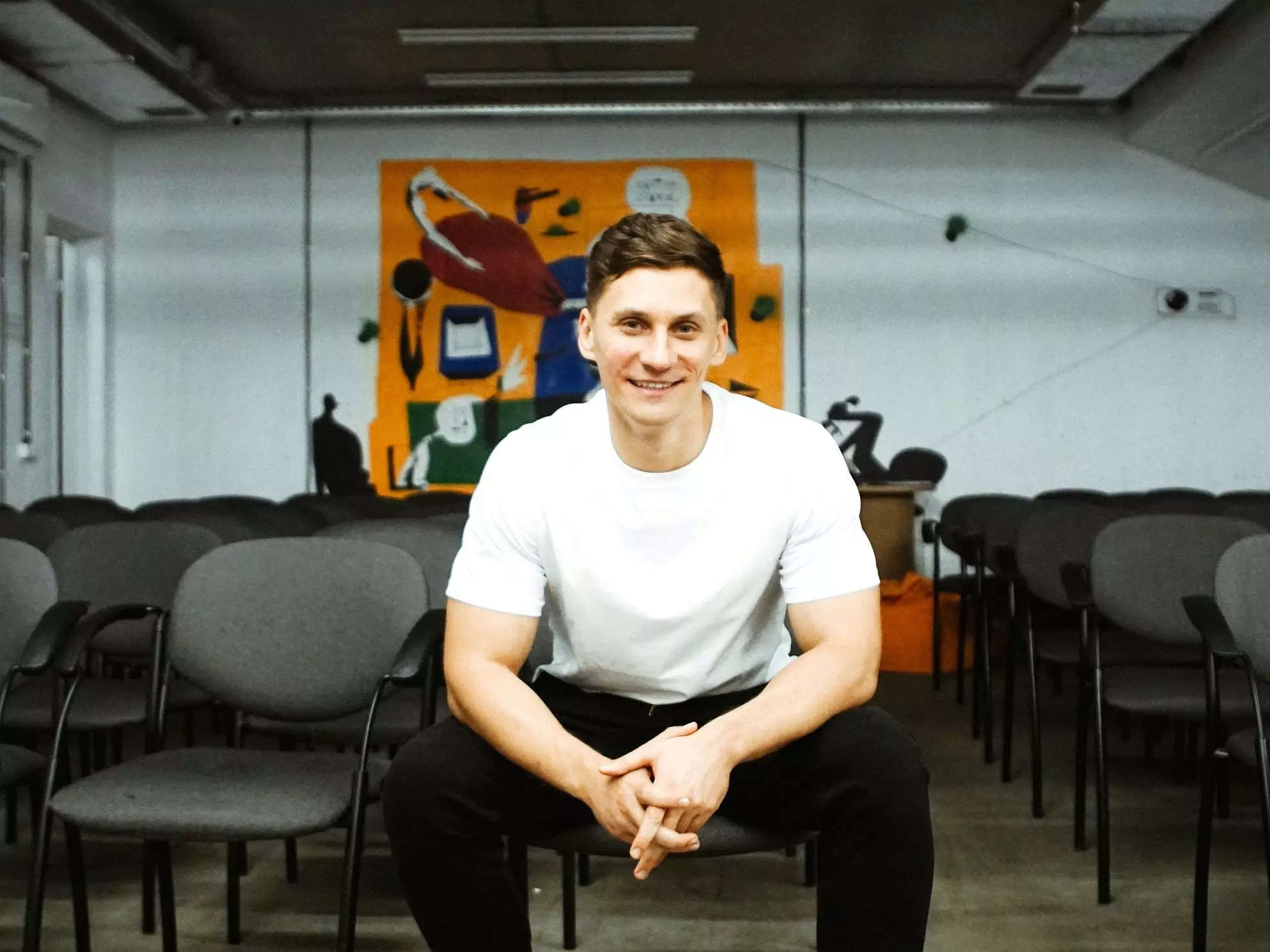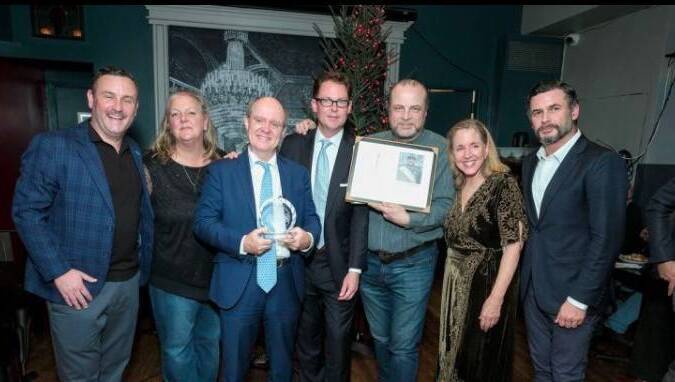Tech
I moved to NYC from Ukraine for a tech job. Here are 3 main differences in America’s work culture.

- Yaroslav Zubko moved to New York in 2017 after building up his tech career in Ukraine.
- He’s noticed key differences in the US and Ukraine tech work culture.
This as-told-to essay is based on a transcribed conversation with 34-year-old Yaroslav Zubko, who lives in New York, about his experience moving to the US for a tech job. The following has been edited for length and clarity.
In 2015, I traveled to New York for a two-week business trip. It was the first time I’d ever left Ukraine, where I grew up. I looked at all the huge buildings in the city and couldn’t believe my eyes. New York was even more impressive than it seemed in the movies.
I made a promise to myself that I was going to move to New York.
In 2016, I was offered a role as a director of product design at a New York tech startup called UpTop. I hadn’t been actively applying for US jobs at the time. They supported me in getting a visa, and I moved to NYC in June 2017.
Moving to America has been the biggest adventure of my life. But the tech culture is very different in the US than in Ukraine. I’ve had to navigate these differences and assimilate into the work culture.
How I got a job at a New York tech startup
I studied business law at college in Ukraine but decided I wanted to follow my passion and become a designer. I started studying graphic design online and taught myself how to use design tools. I landed my first job as a web designer in 2012, working for a sporting goods website.
I worked at three other companies in Ukraine before moving to the US, doing UX and product design. I felt that every role I had added to my arsenal of skills. My last role before moving was as a product designer for SoftServe, a tech giant in the country.
When UpTop gave me an offer, we discussed visa options for my move to the US. Because I didn’t have a formal education in the tech field, I wasn’t eligible for a H1-B visa. The company decided to apply for an O-1 visa for “extraordinary” professionals on my behalf.
They hired an immigration attorney who talked me through the documents I’d need for the process. I gathered proof of my professional competency, including awards, media interviews, and letters from previous managers. I launched my own design project, Interaction Library, in 2016, which had already gotten attention online. I think this also helped me secure the visa.
I worked at UpTop for around a year and then moved to Tinder in 2018 as a lead product designer. I left in September 2019 and started focusing on my own design agency, Zubko Studio.
People are more attached to their work in the US
The US is a great place to work with many opportunities. I love that it’s progressive and more culturally diverse than Ukraine. When I arrived, I wanted to immerse myself in the community and get a feel for living here.
In Ukraine, the tech sector is more consultancy-based. Money comes from overseas, from companies who outsource their IT needs to us. In the US, I feel that big companies are developing original ideas and patents, while in Ukraine, the biggest tech companies provide consultancy services.
I feel that people are much more attached to their work in the US because they are working on their ideas. In Ukraine, I worked with overseas clients, executing tasks for other companies and people.
At SoftServe, I was placed on a project for Deloitte. They had established brand guidelines, which presented limitations for me as a designer. I couldn’t create many new user interface elements from scratch and had to use the ones from the guide. I felt less ownership over the work.
Meanwhile, I’ve worked on projects and products I’ve felt more ownership of in the US. As a product design director at UpTop, I could choose which features to research and test and decide how a certain feature would be implemented.
I loved the responsibility, but it’s been much more challenging not to take my work home. There were nights when I couldn’t fall asleep because I was thinking about ideas for the product.
In the US, ideas and pitching are prioritized over execution
In Ukraine, my work was about execution. Because my work was in consulting, ideas came from our clients, and I focused on implementing them.
In the US, ideation is more important than execution in the startup world, particularly because the tech scene is more saturated. Big ideas sell. They’re how you sell to investors and raise funds. I think this is a positive difference — a great product should start with an idea, which you test over and over to make sure it’s worth investing in.
At Tinder, most of my time was spent on idea generation and testing. I animated and presented over 20 versions of Tinder’s app, and used A/B testing methods to understand what ideas were worth implementing. I worked on several products that made the user experience more seamless, including Tinder U, Tinder Gold Home, and Super Boost.
People skills are highly valued in US companies. Having spoken in Russian and Ukrainian at my previous jobs in Ukraine, I struggled with self-expression and making jokes in English when I moved to New York.
I initially found it challenging to think about structuring my thoughts when selling my ideas. It would take me a while to think of the right combination of words and I felt people around me didn’t have the time to think through my convoluted explanations.
People overwork in the US
In general, I think efficiency is put on a pedestal in American culture. People value working as much as possible and making as much money as possible.
When I first joined Tinder, I would stay late in the office to finish some of my work. I witnessed people staying until 9 or 10 p.m. to finish their commitments. In Ukraine, there were times when the office would be empty at 4 or 5 p.m. Sticking to my hours and going home whenever I wanted felt easier. But the projects were more fun in the US, so I was more motivated to work longer hours.
I plan to live between the US and Ukraine when the war is over
Ukraine will always be my home, but I’m staying in the US for the foreseeable future. I wasn’t in Ukraine when Russia’s invasion happened in 2022. Growing up, I had nightmares about war, but I was still taken aback when it happened.
After the war, I see myself returning to Ukraine and living between the US and Ukraine. I’d like to use my skills to help rebuild the country, like a phoenix coming from the ashes.











